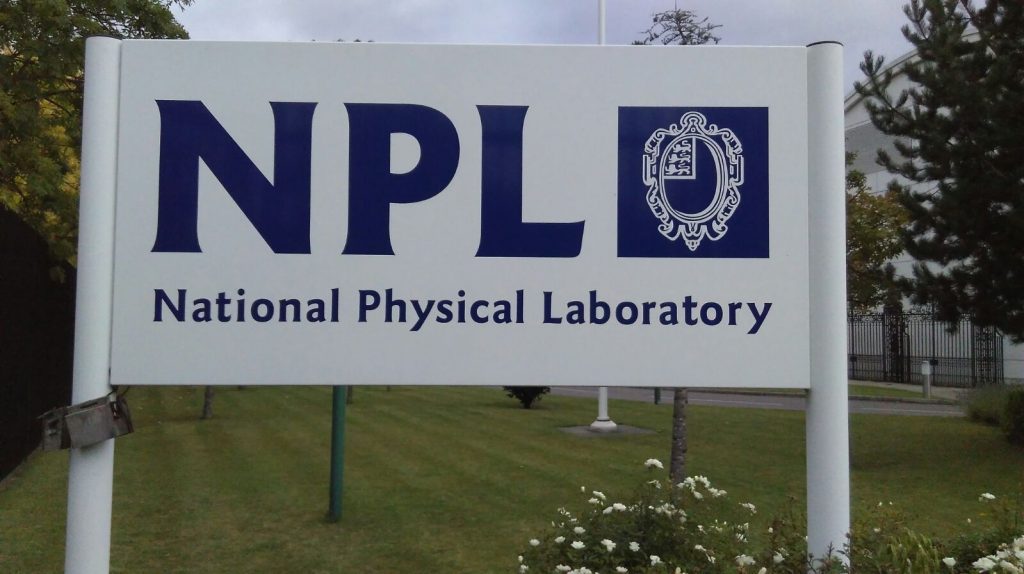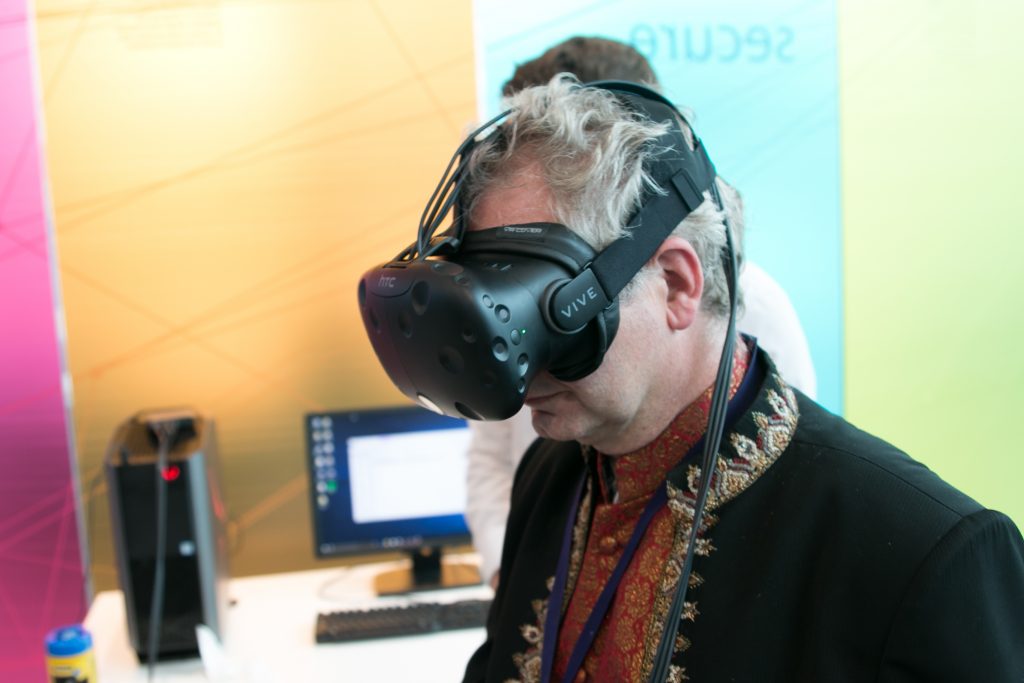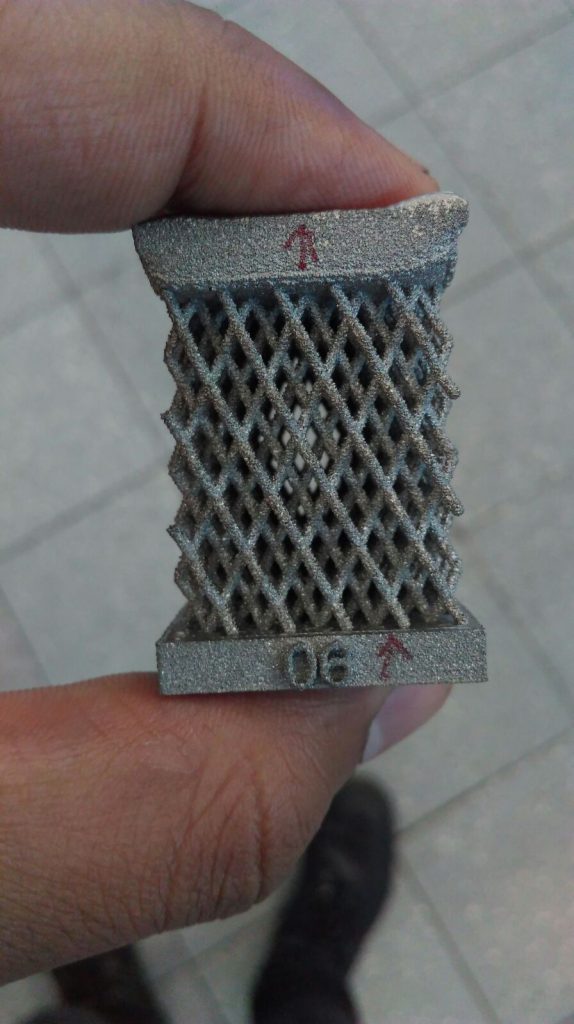The National Physical Laboratory, based in Teddington, south-west London, is Britain’s national measurement institute and the country’s largest applied physics laboratory. While its main purpose is to manage the MSF time signal and provide the government with expert scientific advice, it also provides scientific skills training to everyone from school leavers to postgraduates, and supports private companies with their services.

After a number of years as a private entity owned and operated by Serco, the NPL is now a public corporation, with its parent company owned by the Department of Business, Energy and Industrial Strategy. 3D Printing Industry attended their showcase, put on to display NPL’s four key focus areas in advanced manufacturing, of which Additive Manufacturing is one.
Making 3D printed components fit for purpose
Additive manufacturing technologies are growing in importance as they are gradually adopted by mainstream industry. “With all additively manufactured components, it’s our job to make sure that they’re fit for purpose,” Stephen Brown, an NPL measurement engineer explains to me. “What I do is analyze components using a combination of x-ray technology and computer aided visualization.”
On the screen, he shows me a scan of a 3D printed titanium engine part. Inside it is a cavity, invisible to the naked eye, but a serious fault in the component. It is NPL’s seal of approval that ensures that companies can have confidence in additively manufactured components.

Additive materials characterisation scientist Tony Fry shows me an electron microscope image of titanium-based spherical metal powders to illustrate some of the further problems. “Metal powders are expensive, and it makes sense to recycle them. However, the laser sintering and melting processes distorts the spheres closest to the laser.”
The microscopic projections and animations show how the laser creates “satellites” around some of the spheres and stretches others, making them less suitable than “virgin” metal powder for printing when the powder bed is mixed up again for re-use. Solving these seemingly small deficiencies is the key to improving the overall quality of additively manufactured components.
Destruction and Investment
There are two new and upcoming facilities at the National Physical Laboratory of note. I tour the Instrumentation lab, and get a glimpse of a component that has been custom made for the European Space Agency.

NPL’s material testing facility is growing. Purpose built to test composite materials both dynamically and statically, it has cost £1.6 million, and is set to fully open in early 2018. For now, a mere virtual reality tour through the lenses of a headset will have to do.
I’m guided through realistic 3D simulations of the testing machines, with integrated education labs. The vast array of hydraulic machines, capable of testing most materials to destruction, will be turned to some of the 3D components provided for testing at NPL. Peter Fuller, engineer at Instron, which produces the machines, explained how they would be important in comparing the strength of 3D printed materials against alternatives.
A word with CEO Dr. Peter Thompson and manufacturing metrologist Dr. David Butler
The opening addresses from CEO Dr. Peter Thompson and NPL Scotland head Dr. Matthew Maynard focus on NPL’s role in benefitting industries and investing in people. Emphasised is improving the NPL’s relationship to the “end user” by interacting with industries directly. Testing 3D printed components against forged and and milled equivalents to see which will be of most value to the customer is paramount. Also crucial is supporting and developing industry in light of the NPL’s relationship to government and with Britain’s changing international status.

“So you’re more than just hired guns for industry?” I later ask Thompson and Butler. They both laugh. “Of course, our primary function still is, first and foremost providing scientific services to the government,” Thompson replies, “if a private company wishes to use us and our world class technology, then it can hire us to do that.”

Part of long term research and partnering is the essential need to train people. Butler notes that “in the future, people at all skill levels will need to be familiar with the technology.” This applies particularly to 3D printing where almost everyone involved will need to be familiar with the automated processes.
“Training people all the way from levels one through to nine, and encouraging personal development of individuals is another way that we support and deliver value to companies,” says Thompson.
Butler adds, “Say I were to send off a part to be 3D printed. You should ask, “where’s my guarantee? You may have a manufacturer’s word alone, but you can’t always afford just that. We provide a metrology service to deliver that confidence and guarantee.”
To help provide this service, NPL is partnered with companies such as Instron, and institutions such as the University of Strathclyde, whose robot technology is used to scan 3D printed structures layer by layer for faults.
Getting British industry back on its feet
Where long-term industry experience is unavailable because of the fast paced development and progress, there is a need for a dedicated facility to ensure confidence in 3D printed components. The National Physical Laboratory looks set to offer just that by boosting confidence in additive manufacturing, to the benefit of industry as a whole.
Our featured image shows Strathclyde University’s ERIC Robot drawing the author’s face. Photo via NPL.
For more on 3D printing in industry, subscribe to our free newsletter, and follow us on Facebook and Twitter.


